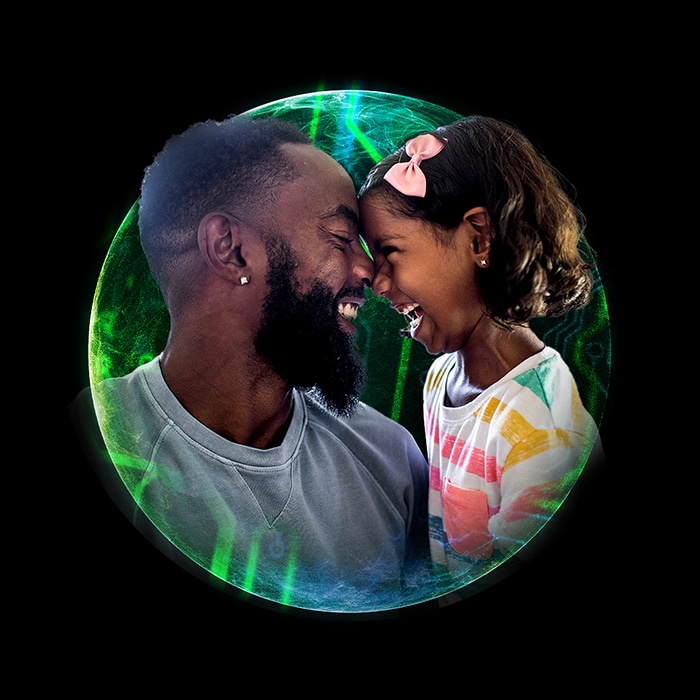Realizing the promise of no wrong door has been saved


The Commonwealth of Kentucky took a proactive, human-centric approach when it designed a new self-service portal that residents would use to apply for and manage their benefits. The Commonwealth wanted to give residents a better experience while also improving program performance, driving digital adoption, and increasing resident engagement.
Kentucky launched the new portal in October 2020. Within two months, the Commonwealth nearly doubled the percentage of residents who completed applications by their deadlines. Digital adoption increased by 77 percent, with the number of online portal accounts increasing from 32,000 to 57,000 by November. Residents opened 37 percent of e-mails received through the system, compared with the government average of 21 percent. The portion of residents who not only opened the e-mails but also clicked on the content was 17 percent, more than four times the government average of 4 percent.


Michigan’s self-service benefits delivery portal, MI Bridges, provides a single entry point for discovering local resources and applying to six state programs: healthcare coverage; food assistance; cash assistance; child development and care; state emergency relief; and women, infants, and children (WIC). Residents can use a single form to apply for all programs; the portal dynamically hides or shows questions as needed. Residents can also use the portal to view their active benefits, report changes to their cases, reapply for existing benefits, download letters sent by the department, and upload documents. In addition, the system can proactively refer individuals to programs based on information they provide and connect them to help they might need. The portal has more than 3 million registered client users and more than 950 community partner users.


In 2019, Texas embarked on a project to enhance Your Texas Benefits, the website and mobile app that citizens use to apply for and manage state benefits. The goal was to better meet citizen needs and deliver a better customer experience. The research behind this project included: interviews with clients, local office employees, community partners, and help desk employees; analyses of app store ratings and reviews, user sessions and screen views; a usability study; and a content inventory/audit on 23 targeted website screens.
Among other improvements, the mobile application features of Your Texas Benefits enable residents to use their phones to capture document images to submit as part of their cases, rather than delivering them in person or by mail. The key is to help users successfully complete the transaction by themselves without needing to call or visit a field office.
Your Texas Benefits is one of the most successful publicly available government apps of all time, with 74% of document uploads being done via phone, more than 1M downloads across mobile platforms, and a monthly user base of over 900K Texans.







